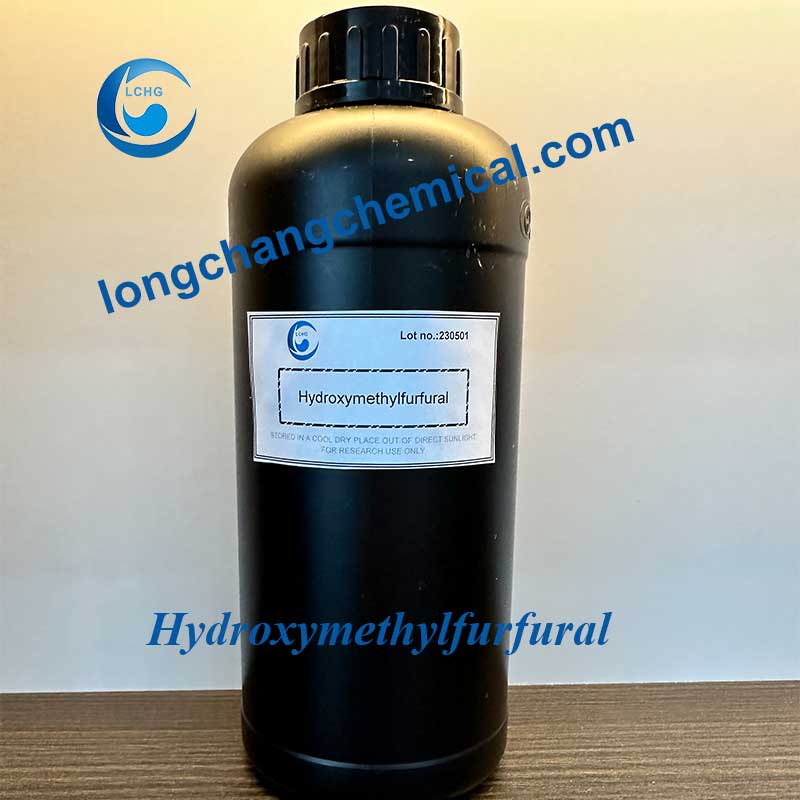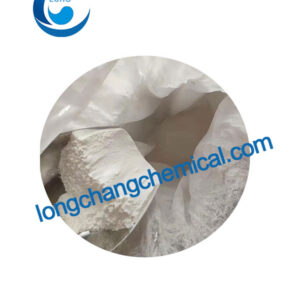描述
羟甲基糠醛 / HMF CAS 67-47-0
5- 羟甲基糠醛是一种重要的化工原料。它的分子中含有一个醛基和一个羟甲基,通过氢化、氧化脱氢、酯化、卤化、聚合、水解等化学反应,可用于合成许多有用的化合物和新型聚合物材料,包括药品、树脂塑料、柴油添加剂等。特别是以呋喃二甲酸为基础的生物基 PEF 聚酯,已显示出许多优于石油基 PET(聚对苯二甲酸乙二酯)的特性。
标准
| 项目 | 规格 |
| 外观 | 棕黄色固体 |
| 熔点 | 28-34 °C |
| 沸点 | 114-116 °C,1 毫米汞柱 |
| 密度 | 25 °C 时为 1.243 克/毫升 |
申请:
它可用于可降解塑料包装、特殊功能材料、表面活性剂、香精和香料以及其他精细化工或制药行业。
P吖卡e:25 千克/鼓
存储:
对空气、光和热敏感,吸湿性强。
密封并低温保存(<0 ℃)。
立即联系我们!
如果您需要价格,请在下表中填写您的联系信息,我们通常会在 24 小时内与您联系。您也可以给我发电子邮件 info@longchangchemical.com 请在工作时间(UTC+8 周一至周六,上午 8:30 至下午 6:00)或使用网站即时聊天工具获得及时回复。
催化剂在环境保护中的应用研究进展
1.环保催化剂的定义 环保催化剂是指为了保护和改善周围环境,对有毒有害物质进行直接或间接处理,使其无害化或还原的催化剂。环保催化剂的范围,从广义上讲,可以认为是所有有利于环境保护的催化剂,包括不想或不产生有害副产物的催化合成工艺;从狭义上讲,是指与改善温室效应、臭氧层破坏、扩大酸雨范围、水体污染等有关的催化剂类型。环境催化剂分为直接催化剂和间接催化剂。例如,用于去除废气中氮氧化物(NOX)的催化剂属于直接催化剂;用于抑制燃烧过程中氮氧化物产生的催化剂属于间接催化剂。
2.1 用于贫燃车辆的催化剂 当柴油发动机在贫燃条件下工作时,汽油发动机的空燃比(空气与燃料之比)大于 17:1,甚至更高。此时,发动机的动力性能可以大大提高,减少 CO、碳氢化合物和 CO2 的排放,但 NOx 的排放却大大增加。对于目前流行的三效贵金属催化剂来说,如此高的空燃比已经超出了其正常工作范围,因此无法有效改善氮氧化物的减排效果。因此,应开发新的汽车催化剂,以提高氮氧化物在贫油条件下的转化率,而贫油条件下氮氧化物的催化还原引起了研究人员的兴趣。一旦这种催化剂研究成功,它将被广泛应用于柴油发动机和贫油汽油发动机的汽车上。
2.2 烟气脱硫研究 烟气脱硫的最佳方法是选择性催化还原 SO2 为元素硫。这种方法不仅能消除烟气中的 SO2 污染源,还能回收产品,即固态元素硫,不仅便于运输,还能重复利用。目前,将二氧化硫选择性催化还原为元素硫的方法大多处于研究阶段。问题在于烟气中过量的氧气对还原过程的干扰和催化剂的中毒。
2.3 催化氧化法处理高浓度难降解有机废水 随着医药、化工、染料等行业的发展,高浓度难降解废水越来越多,其特点是污染物毒性大、污染物浓度高、难生物降解、无机盐含量高。化学氧化法是处理这类废水最有效的方法之一。目前,高效湿式催化氧化技术是一个热门研究课题。这种方法可以直接氧化水中的有机污染物,或将水中的大分子有机污染物氧化成小分子有机污染物,以改善废水的生化性。通过生化处理可以更好地去除水中的有机污染物。这种方法常用的氧化剂有:空气、过氧化氢、臭氧、次氯酸钠和二氧化氯等。这种方法的关键在于开发高效的非均相氧化催化剂。
2.4 环保催化剂的种类和使用现状 地球上的环境问题有很多种,目前急需解决的问题有:温室效应、臭氧层破坏、酸雨范围扩大、重金属等环境污染物的排放、热带雨林减少和土壤沙漠化等。其中前三个问题是世界上最重要的问题。前三个问题都是由排放到大气中的化学物质造成的。例如,二氧化碳(CO2)、甲烷(CH4)和一氧化二氮(N2O)都与温室效应有关,氟利昂和一氧化二氮破坏臭氧层,二氧化硫(SO2)和氮氧化物是形成酸雨和光化学烟雾的主要因素,这些问题主要可以通过化学方法消除或减少。由于上述污染物排放过程中涉及的反应物量少、反应温度过高或过低、反应物与催化剂接触时间特别短等原因,环保催化剂与其他化学反应中使用的催化剂相比,生产难度更大,对催化剂的活性、选择性和耐久性要求更高。
2.5 新型环保催化剂
2.5.1 硅酸盐材料 天然粘土(如蒙脱石)具有分子筛状结构,是催化剂载体,也是处理污水中重金属离子 的良好吸附剂。它被广泛用作汽车尾气净化、烟气脱硫、脱硝和有机废气催化燃烧等环保催化剂的载体。
2.5.2 TiO2 是一种 N 型半导体,具有良好的光敏传导性,常用作催化剂载体。目前,TiO2 已被广泛用作光催化剂和电极催化剂。涂有活性 TiO2 的自洁玻璃、瓷砖、家具和窗帘布在阳光和灯光的照射下,可自动催化和净化室内空气。
2.5.3 生物催化工艺通常以无毒无害的生物材料为原料,可在常温常压下进行反应,工艺简单。生物催化剂具有转化率高、专一性强、副产物少、可重复使用等特点,是理想的绿色催化剂。2.5.4 室温离子液体既可作为酸催化剂,又可作为绿色溶剂。室温离子液体具有易生产、低毒性、低价格、不可燃、性能可调等优点,被认为是一种环保型催化剂,有可能引起化学工业的一场革命,具有良好的工业应用前景。






评价
目前还没有评价